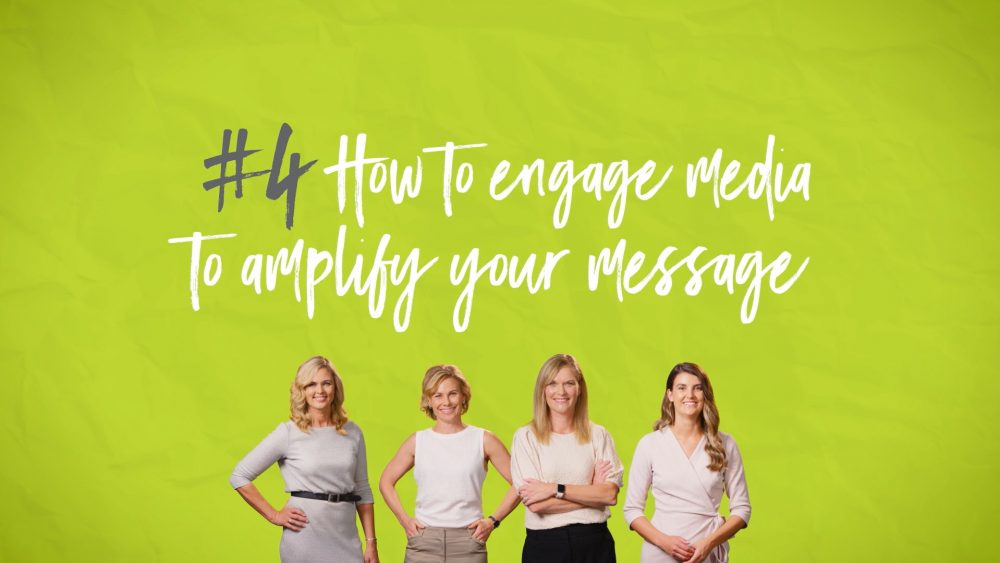When you’re looking to amplify your message, it’s worth pitching your story to the media that your target audiences are most likely to consume.
This can be a really cost effective and credible way to communicate with your customers. Of course, there are no guarantees that they will run your story, but if you find a newsworthy angle, provide the photo or vision they need and make it easy for them to tell your story, this can provide valuable unbiased delivery of your message.
The Fresh team has been working with the media since 2004, so here’s our ‘Fresh’ perspective on ways you can engage with them to tell your story.
- Make it newsworthy
You might have many stories in your business but when you’re thinking of media, think about stories that have broad appeal and that you can imagine seeing in a newspaper or on the news. A good question to ask is ‘Would this be something people would talk about at the water cooler?’. Once you find an angle that’s likely to capture a journalist’s interest, think about how you can build a stronger story. Perhaps through supporting statistics, current research, milestone national or international days (e.g. World Environment Day or Mental Health Month), jobs created, a good case study or connecting it to a current trending issue. Once you have your angle, you can tell your story in an objective way starting with who, what, where, when, why and how.
- It’s not just words
It’s not just about the words — good stories need good visuals, whether it’s an engaging photo for print and online, sound bites for radio or vision and interviews for TV and online. Make sure you give the journalist what they need to deliver the best story and make sure it’s good quality. This means high-resolution imagery and quality video. This can be a deal breaker for TV and online video news and substantially reduce the column centimetres (and appeal) of a print story.
- Get the timing right
Understand the media’s deadlines and give them what they need, when they need it. If you send it too early, it will get lost; and if you send it too late, they won’t have enough time to make it happen. Be sure to give them a call on the day of the media opportunity to follow up, gauge their interest and add the personal approach. And if relevant spokespeople are available for interviews, create a media opportunity so that journalists can capture their own unique quotes, vision or photos.
- Build relationships
Getting to know your local media and fostering relationships is mutually beneficial. If you can offer them interesting stories that are genuinely newsworthy, they can help tell those to the people who matter most to your business. Building rapport is easy! Make sure you introduce yourself properly and even take them out for a coffee and if a story does run, it’s always great to send a thank you as follow-up. Building the relationship means they will be more likely to run stories in the future or even ask for your opinion if there is commentary needed on your industry.
These are small steps you can take in your business today, but if you really want to take your public relations to the next level and build a reputation that is second to none, reach out to our team to have a chat!



